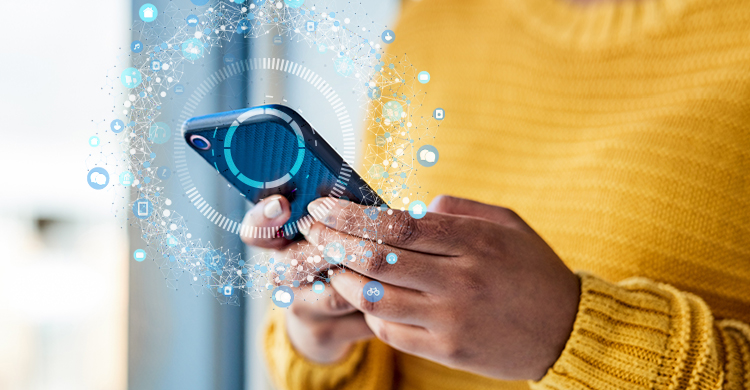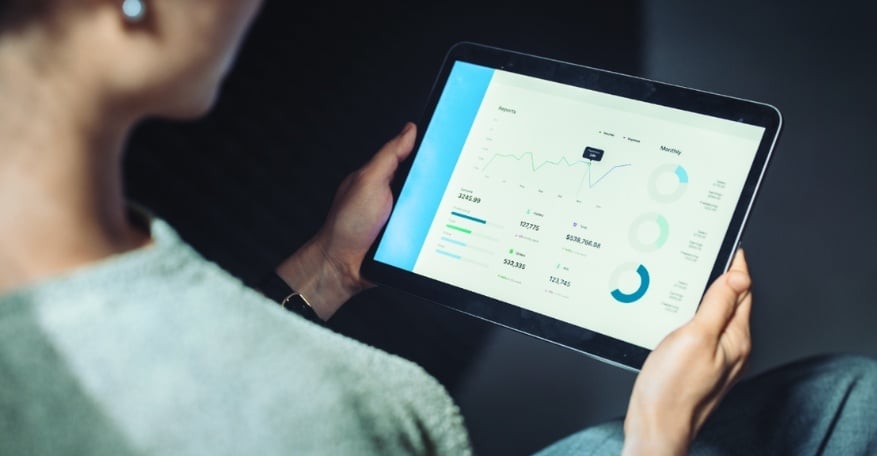Marketing KPIs & Benchmarks for 2026
We work with B2B leaders every day who have extensive marketing data, but don't know what to make of it. It's hard to know you're on track to meet...
3 min read
Sarah Holland Wed, Jul 06, 2022

The pandemic forced most organizations to adapt and add additional sales, marketing, and service tactics to meet the needs of a remote world. Coming out of the pandemic, we are operating in a hybrid environment where employees and customers expect “all of the above”—all the digital, remote, and in-person options available in highly personalized combinations. The customer drives these combinations, and it is important to remember that omnichannel is customer-centric, not business-centric.
McKinsey’s research shows that in B2B markets, “what customers want from omnichannel is ‘more’—more channels, more convenience, and a more personalized experience. And if they do not get what they’re looking for, they’ll take their business elsewhere.”
Their research identified 10 channels that B2B customers expect and use in their decision journey. But this list of 10 is just a snapshot of the current situation; there is no stasis. Companies must continuously evolve to meet customer expectations.
Some things to consider as you plan your omnichannel strategy:
Personalization is central to omnichannel strategies. Today's customers expect a level of personalization across channels, and you should have a data model that supports this. This means getting rid of silos of information, integrating your systems, and utilizing automation.
Customer-centric design is familiar to product designers, but these principles should apply to all your sales and marketing tools and channels. One of the most essential elements of customer-centric design is listening. Set up multiple ways for customers to give feedback in ways that are natural to them.
This one is a fine line to walk—you want a consistent brand experience, voice, look, and feel across channels, but beware of boilerplate messaging across channels. This takes time in crafting messaging and a thoughtful approach to what the feel should be on each tool or channel.
The omnichannel world demands internal agility and change management for sales, marketing, and service teams and partners. The speed of change is increasing, and your team needs to be able to identify and implement changes.
Omnichannel sounds great but is hard enough to deploy even for a billion-dollar company. What about the rest of us? Small and midsize companies’ personal relationships and great in-person service may be their competitive advantage. Here are some practical approaches to achieving omnichannel by expanding on what you do well today.
Affordable chat and chatbot functionality are now built into a lot of the marketing technology platforms for SMBs, like HubSpot. Set your sales and service hours and share the role by time zone for live, manned chat.
Explore unmanned chat for sales and service requests, like:
Inbound, when well done, meets B2B tech buyers’ desires to do their own initial research where and when they want. Here are affordable, approachable ways to expand your inbound channels:
Omnichannel, self-service, and inbound result from a decades-long shift in customer expectations. No one likes to be sold to—rather, prospects do the research and consider alternatives first. However, at one point or another, someone needs to make contact. Identify the signals that suggest readiness from a qualified prospect and create a trigger for a call and email.
As you rethink outbound, consider:
Audit your current marketing technology to see what features you could take advantage of. You may have automation, integration capability, and the ability to create smart content (content that changes based on who the viewer is), etc. in your current toolset.
There are ready-made integrations for product configurators, quote tools, and e-commerce that can help support your customers’ need for self-service omnichannel support.
Update your brand and style guide to serve as a resource to execute omnichannel marketing across platforms. This does not need to be elaborate, but you should have a clear and practical brand guide for anyone who is creating things for your company or posting on social media.
Omnichannel increases the complexity and workload of marketing—but considers the opportunity cost of ignoring changing customer expectations.
We help clients of all sizes quickly adapt to the omnichannel world. Let us help manage change and implement sales and marketing programs. Request a consult to discuss your strategy.

We work with B2B leaders every day who have extensive marketing data, but don't know what to make of it. It's hard to know you're on track to meet...

Get a Competitive Edge with Comprehensive AI & GEO Insights If you are beginning to notice an erosion in organic traffic and leads, it may be time to...

Updated on 6/10/24 The 80/20 rule or Pareto principle, is a long-standing business strategy that a lot of companies are applying right now to...